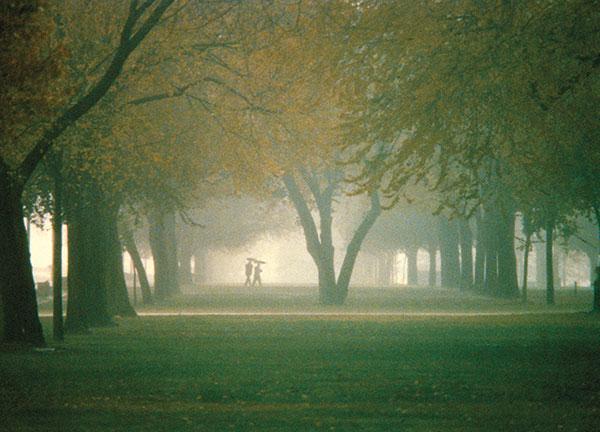|
Jul 29, 2014 |
First Published: Jun 01, 2014
|
May 28, 2014
|
May 28, 2014
|
May 28, 2014
|
May 28, 2014
|
Jun 20, 2014 |
First Published: May 01, 2014
|
Jun 20, 2014 |
First Published: May 01, 2014
|
Jun 24, 2014 |
First Published: May 01, 2014
|
Jun 27, 2014 |
First Published: May 01, 2014
|
Apr 24, 2014
|
Apr 24, 2014
|
May 15, 2014 |
First Published: Apr 01, 2014
|
May 20, 2014 |
First Published: Apr 01, 2014
|
May 23, 2014 |
First Published: Apr 01, 2014
















